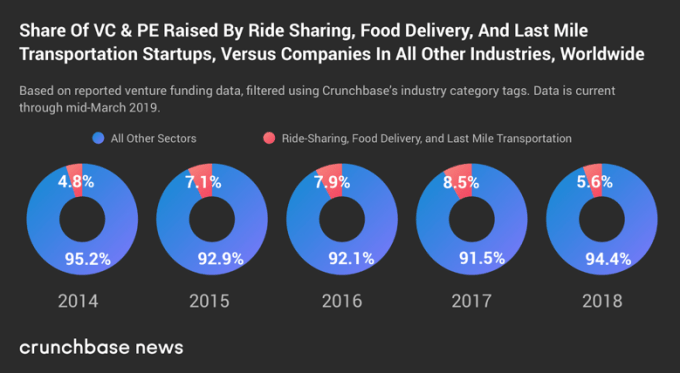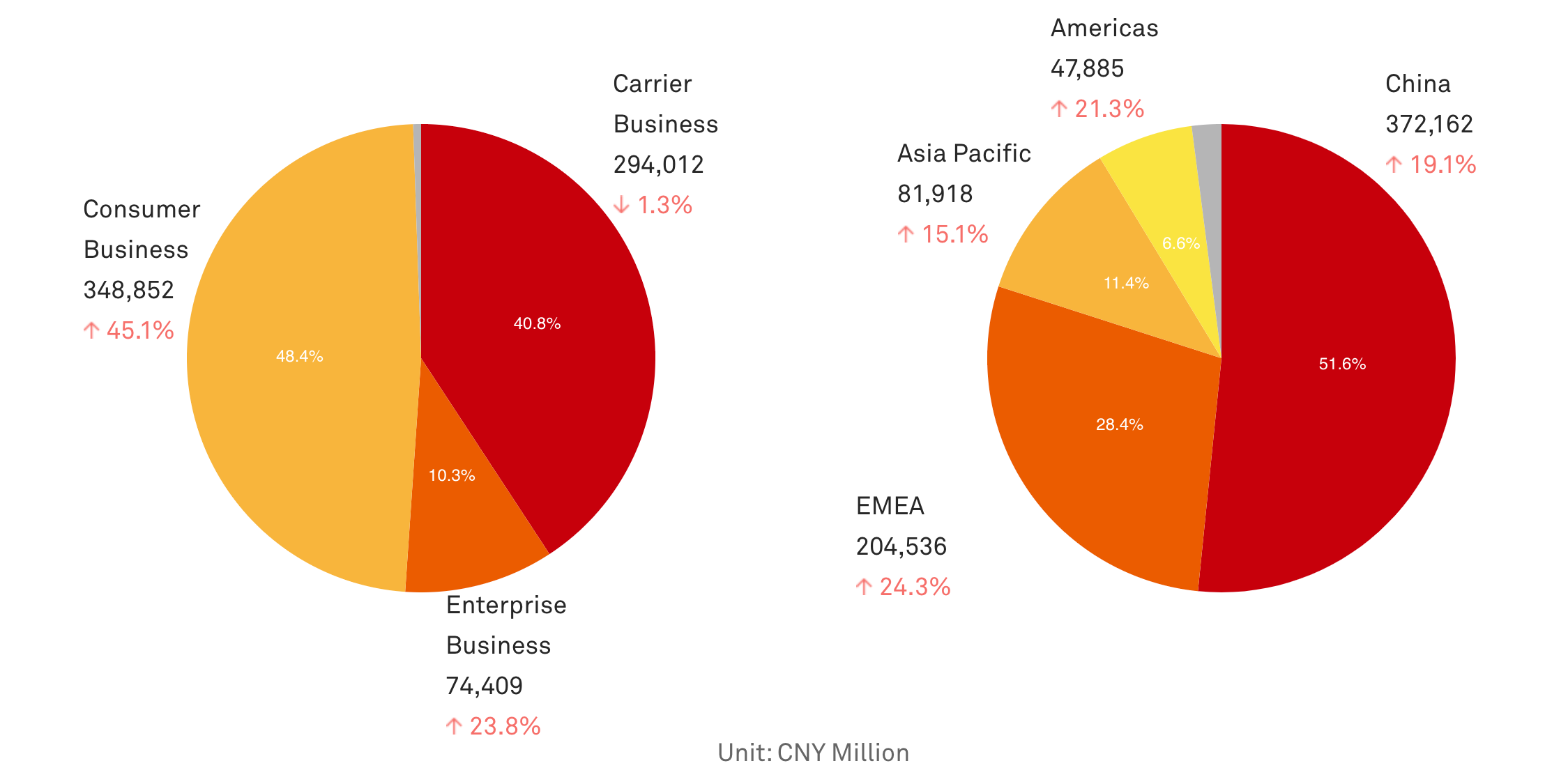Forge, the marketplace for trading private company shares formerly known as Equidate, announced that it will be acquiring custodial trust company IRA Services for a purchase price of $55 million.
IRA Services is a trust company that provides custodial services for retirement accounts managed by individuals and mid-to-large sized Institutions. Stripped of financial jargon, the primary function of a custodian is to hold on to (or maintain “custody” of) its clients’ securities and keep them safe from potential external complications such as theft or otherwise.
Many custodians, like IRA Services, also provide administrative services such as collecting the actual dividend payments made to the owner of a stock, and advisory services such as helping clients understand what they can and should invest in.
Since its founding in 2014, Forge has been one of the primary marketplaces where employees and early investors of leading startups can monetize privately-held shares without having to wait years for an IPO, exit or liquidity event.
Forge also creates value by providing some of the world’s leading private equity and institutional investors with high-demand access to some of the top pre-IPO companies, having worked with companies like Spotify, Airbnb and others.
By acquiring IRA Services, Forge can expand its support offerings for private market securities, and more importantly, can move closer to becoming a one-stop shop for private market investors who will no longer have to transfer shares acquired with Forge to an external custodial trust.
“Investors across asset classes want the ease, transparency, and security provided by a seamless investing experience from trading through to settlement to custody,” said IRA Services president Patrick Hughes. “In bringing together Forge and IRA Services, we look to deliver an unparalleled end-to-end investing experience for private markets investors.”
What differentiates IRA Services from other custody providers, and what makes the company particularly attractive to Forge, is that it specialized in deals involving alternative and non-traded asset classes. As a result, the company already maintains systems and workflows that are structured to deal with private securities and associated complexities.
Additionally, IRA Services’ API, which automates and supports the process of connecting custody accounts directly to investment platforms, is becoming increasingly valuable as the exchange market for private company shares, as well as average transaction size and volume, continues to swell.
Pending necessary agency approvals, the combined entity also intends to become both a registered broker-dealer and separate non-fiduciary trust company, meaning the company will be able to provide custodial services for clients even when they’re investing in assets outside of the Forge platform.
Satisfying growing needs of a budding market
The acquisition fits squarely into Forge’s long-term vision of being a leading institution in the rapidly growing private markets. “We believe that the private markets are where innovation is happening and there needs to be an institution that provides services that enable that whole ecosystem,” Forge CEO Kelly Rodriques said in a conversation with TechCrunch.
Rodriques believes that creating secure and transparent custody services for private market securities can provide millions of new investors with access to a space that is currently limited to around 400,000 private equity players, early-stage investors and early employees.
In Rodriques’ view, broadening the marketplace to more investors creates serious network effects and a significant positive flywheel. Having more participating private company investors creates more liquidity, which not only entices other investors to play in the space but also attracts more private companies to partner with Forge and provide access to their shares.
At the same time, innovative startups are continuing to grow larger in size, with more than 250 private companies around the world boasting valuations of $1 billion or greater. Companies are also opting to stay private for longer due to the growing availability of late-stage capital, the desire to operate strategically without the scrutiny of the public markets and quarterly performance requirements, or otherwise.
As a result, locating sources of secure daily liquidity is becoming a bigger need for more private companies. Forge believes that with its growing set of offerings and the credibility it has earned from working with key regulators and several of the world’s largest financial institutions, Forge is well-positioned to be the go-to solution for secondary market investors and companies alike.
“Our long-term hope is that our technology will be used to make the private market ecosystem stable, safe and sound,” Rodriques told TechCrunch.
The near-term outlook for Forge doesn’t look too bad either. Forge almost doubled its trading volume in 2018, surpassing just shy of $2 billion worth of transactions, with the company expecting another billion dollars in transactions by the end of the year.
As with any large acquisition, particularly in the financial services sector and particularly in the US, the companies will have to receive the requisite regulatory approvals to complete the deal in full. While the companies haven’t expressed an official expected close date for the deal, Forge expects the regulatory process will take anywhere from two-to-four months.
Forge will go through yet another name change once the deal closes. The combined entity will go by the name Forge Trust to better reflect the custodial services gained through IRA Services and the new company’s full suite of capabilities. Additionally, IRA Services CEO, Edwin Blue, will retire from the company, though current IRA Services employees will continue to operate from the firm’s existing offices.
To date, Forge has raised around $88.5 million in venture capital, according to data from Crunchbase, with backing from a number of Silicon Valley heavy hitters including Peter Thiel, Tim Draper, Scott Bannister, Charlie Cheever, and others.






